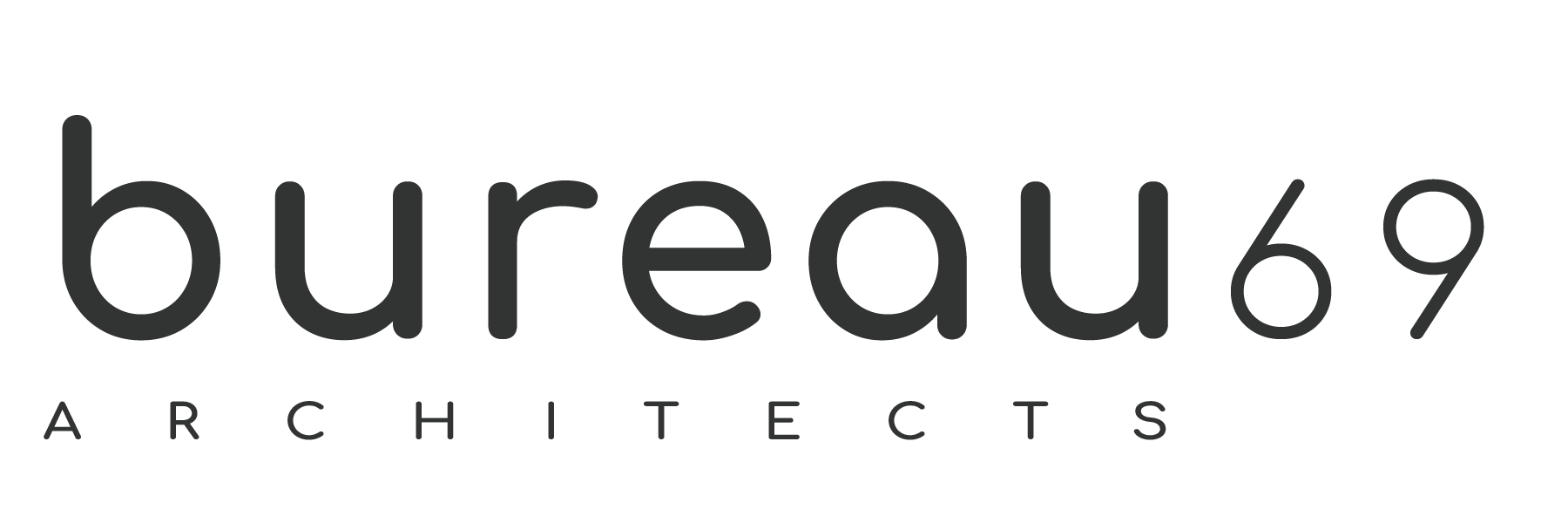WHAT EXACTLY NZEB BUILDINGS ARE?
Net Zero Energy Building (NZEB) and Passive House (or Passivhaus) are both energy-efficient building standards, but they have different focuses and goals. In this article we analyse some of the main differences.
Energy balance:
NZEB aims to achieve a net-zero energy balance, meaning the building produces as much energy as it consumes over a year. This is typically achieved through a combination of energy efficiency measures and on-site renewable energy generation. In contrast, Passive House focuses on minimizing energy consumption for heating and cooling while maintaining a comfortable indoor environment. It does not explicitly require a net-zero energy balance.
Energy efficiency:
Both NZEB and Passive House prioritize energy efficiency, but the specific strategies and requirements may differ. Passive House emphasizes reducing energy demand through design principles, insulation, airtightness, and ventilation with heat recovery. NZEB focuses on comprehensive energy efficiency measures, which may include efficient HVAC systems, appliances, lighting, and envelope design, in addition to renewable energy generation.
Renewable energy generation
NZEB explicitly incorporates on-site renewable energy generation, such as solar panels or wind turbines, to offset the building’s energy consumption. In Passive House, while renewable energy generation is encouraged, it is not a mandatory requirement. The focus is primarily on reducing energy demand through the building’s design and construction.
Comfort and indoor air quality:
Passive House places a strong emphasis on occupant comfort and indoor air quality. It incorporates rigorous standards for thermal comfort, airtightness, and controlled ventilation with heat recovery to ensure a consistent and healthy indoor environment. NZEB, while also considering comfort and indoor air quality, does not have as strict requirements in these areas as Passive House.
Certification and standards:
Passive House has a well-established certification program with specific criteria that a building must meet to be considered a Passive House. These criteria include specific energy performance targets for heating and cooling demand, airtightness, and primary energy consumption. NZEB, on the other hand, does not have a single, widely recognized certification program. It often relies on different regional or national standards, and the definition of a NZEB can vary.
In summary:
While both NZEB and Passive House focus on energy efficiency, NZEB aims for a net-zero energy balance through comprehensive energy efficiency measures and renewable energy generation. Passive House primarily focuses on reducing energy demand for heating and cooling while maintaining occupant comfort and indoor air quality.
At bureau69 architects we can help with NZEB and PASSIVHAUS design. If you are interested in designing a building or a house with the above requirements, please contact us via chat at the bottom right or here

